Microbiology
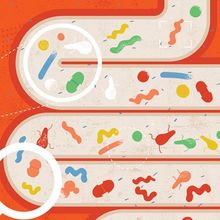
An Antibiotic That Distinguishes Friend from Foe
Sneha Khedkar | Nov 19, 2024 | 4 min read
A novel compound targets an essential transport system found only in disease-causing bacteria, leaving commensal bacteria unharmed.
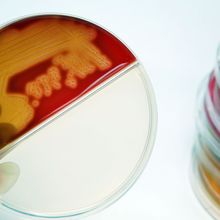
Exploring the Landscape of Bacterial Culture Media
Priyom Bose, PhD | Nov 15, 2024 | 10 min read
Culture media contain various components that promote and support bacterial growth and differentiation.

Bakers Rise Up to Tackle Sourdough Mysteries
Laura Tran, PhD | Nov 15, 2024 | 2 min read
Donated sourdough starters helped researchers uncover the factors that influence microbial communities in these living cultures.
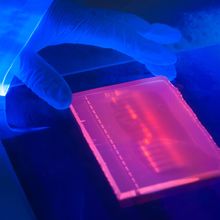
Automate and Illuminate Bioimaging Assays
The Scientist Staff | Nov 15, 2024 | 2 min read
Intuitive and automated chemiluminescence detection empowers scientists with accessible image acquisition and analyses.

Rewilding Urban Spaces Boosts Immune Health
Danielle Gerhard, PhD | Nov 15, 2024 | 2 min read
From daycares to indoor gardens, scientists are bringing nature back into cities to improve immune regulation.

Elephant Deaths Trigger a Kodo-Millet Fungus Investigation in India
Sneha Khedkar | Nov 14, 2024 | 4 min read
When multiple elephants were found dead in a national park in India, microbiologists turned to investigate their prime suspect: fungi.
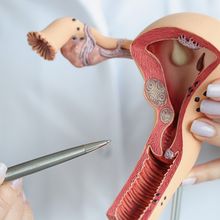
Modeling the Human Cervix on a USB-Sized Chip
Sneha Khedkar | Nov 13, 2024 | 4 min read
Microfluidic chips that mimic the complex human cervical environment provide a platform to study the reproductive tract and associated infections like bacterial vaginosis.

How Can Fungi Address the Global Food Waste Problem?
Danielle Gerhard, PhD | Nov 12, 2024 | 8 min read
Scientists are reimagining the food system, turning to fungal fermentation as a sustainable method for transforming food byproducts into tasty treats.

A Fungal Messenger Impairs Immune Cell Function
Shelby Bradford, PhD | Nov 8, 2024 | 3 min read
Farnesol, a fungal signaling molecule, alters lipid synthesis in dendritic cells, causing mitochondrial dysfunction and decreased inflammatory responding.
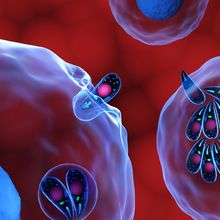
Live Imaging Intracellular Parasites Reveals Changes to Host Metabolism
Shelby Bradford, PhD | Nov 6, 2024 | 4 min read
Researchers found that Toxoplasma gondii increased the host cell’s metabolic activity, offering insights into potential treatment strategies.
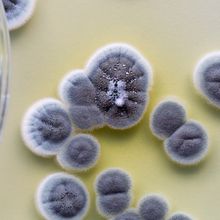
How a Moldy Cantaloupe Took Fleming’s Penicillin from Discovery to Mass Production
Hannah Thomasy, PhD | Nov 4, 2024 | 10+ min read
Alexander Fleming’s 1928 discovery of a mold with antibacterial properties was only the first serendipitous event on the long road to penicillin as a life-saving drug.
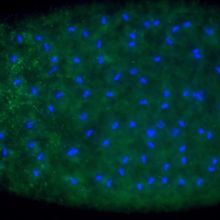
A Microbial Ally to Bring Science to the Masses
Mariella Bodemeier Loayza Careaga, PhD | Nov 1, 2024 | 2 min read
By identifying Wolbachia in arthropods, science-enthusiast citizens can help researchers sample the bacteria’s hosts.
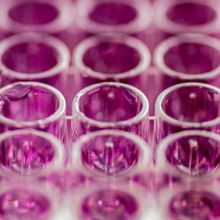
How to Optimize OD600 Measurements
The Scientist Staff | Nov 1, 2024 | 2 min read
Optical density can be affected by sample conditions, the state of the measuring vessel, and instrument configuration.

Transforming 3D biology using AI: Tomocube’s HT-X1™ Plus accelerates cellular and organoids label-free analysis
Tomocube | Oct 31, 2024 | 2 min read
This new system raises the bar in high-resolution, high-throughput 3D imaging for cells and organoids, providing researchers with faster, more detailed, and more accurate insights into biological processes.
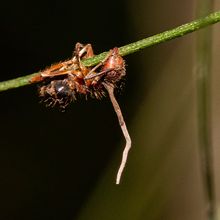
Zombie Fungi Hijack Hosts’ Brains
Hannah Thomasy, PhD | Oct 29, 2024 | 10+ min read
Mind-controlling fungi are changing the ways that scientists understand host-parasite relationships.

Are "Flesh-Eating" Bacteria Causing Infections in Florida? Not Exactly, Experts Clarify
Danielle Gerhard, PhD | Oct 25, 2024 | 4 min read
Following recent hurricanes, reports of "flesh-eating" bacteria in Florida have emerged, but these bacteria, which exist year-round, don't actually consume flesh.
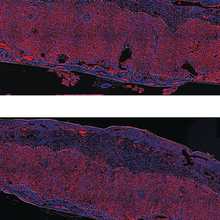
Fathers’ Gut Bacteria Impact Offspring Health
Sneha Khedkar | Oct 25, 2024 | 4 min read
Gut microbiome disruption in male mice increases disease risk in offspring, indicating that preconception paternal health status can affect the next generation.
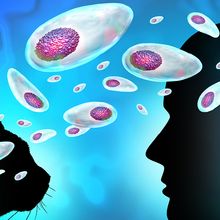
Genetically Engineered Parasites Smuggle Therapeutics into the Brain
Hannah Thomasy, PhD | Oct 23, 2024 | 4 min read
Scientists modified Toxoplasma gondii to deliver a potential Rett Syndrome therapeutic to the mouse brain.
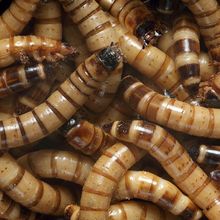
The Culprit of a Mysterious Superworm Epidemic Finally Identified
Danielle Gerhard, PhD | Oct 22, 2024 | 5 min read
Advanced microscopy aided in the detection of the pathogen responsible for a nationwide superworm apocalypse and informed the development of a potential vaccine strategy.
